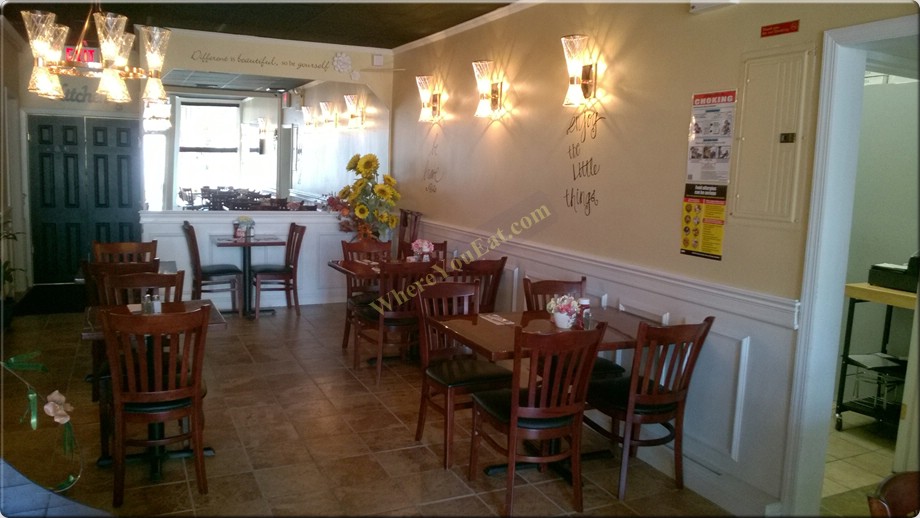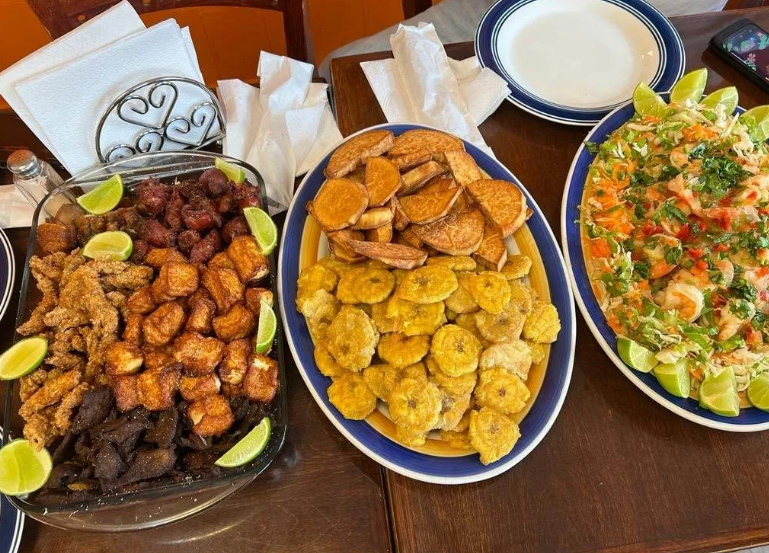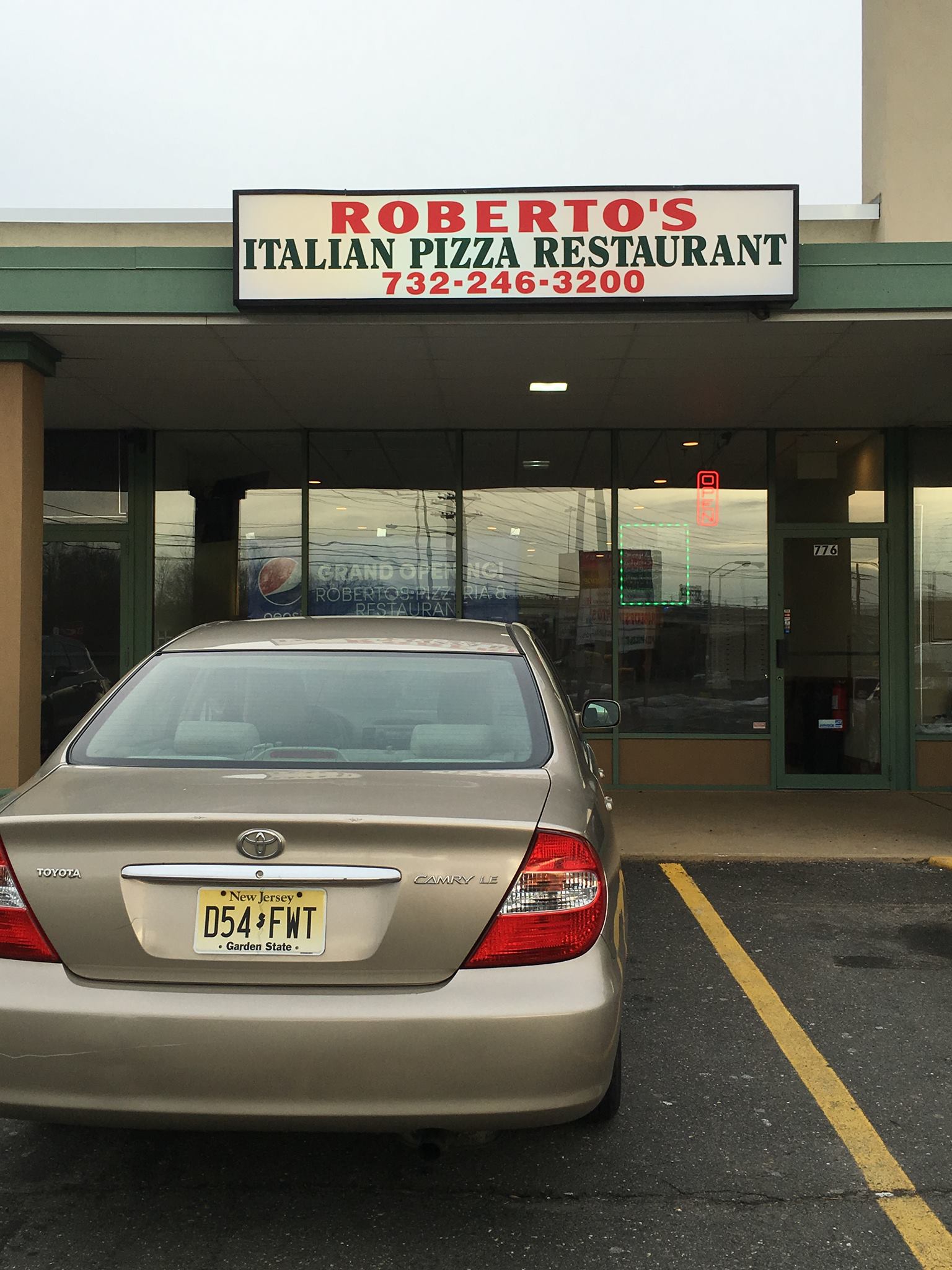Managing food cost doesn’t have to feel like an accounting class. Many restaurant owners avoid tracking food cost because it sounds technical — but the truth is, you can control costs with simple systems, visual habits, and a few easy checks.
As we move toward 2026, the restaurants that stay profitable won’t be the ones buried in spreadsheets. They’ll be the ones running tighter kitchens with simple, repeatable habits.
Here’s how to manage food cost without complicated math.
1. Start With Portion Control, Not Numbers
Most food waste happens through inconsistent portions.
Instead of worrying about formulas, focus on:
-
Using the same scoops and ladles for every dish
-
Weighing key proteins once during training
-
Using visual portion guides at prep stations
When consistent portions become the standard, your food cost stabilizes naturally.
2. Reduce Waste Before Tracking Percentages
You don’t need reports to see waste.
Simple daily habits make a massive difference:
-
Labeling and dating everything
-
Practicing First In, First Out (FIFO)
-
Prepping based on real sales patterns
-
Reducing end-of-night food disposal
Less waste equals better profit — without math.
3. Simplify Your Ordering System
Over-ordering quietly destroys profit.
Keep it simple:
-
Order on the same day each week
-
Set basic “par levels”
-
Limit specialty items
-
Avoid ingredient overload
Predictable ordering leads to predictable cost.
4. Use Visual Cost Control in the Kitchen
Great operators manage costs by paying attention, not spreadsheeting.
This includes:
-
Watching how fast proteins are used
-
Tracking ingredient usage by tray or pan
-
Walking the cooler daily
-
Spotting trends early
Your eyes are often a better tool than a calculator.
5. Let Your Menu Help Control Cost
A smart menu makes cost control easier.
Restaurants heading into 2026 are:
-
Cutting slow-selling items
-
Reducing over-complicated dishes
-
Creating menu overlap with ingredients
-
Highlighting high-margin items
A tighter menu creates a tighter kitchen.
6. Keep Your Menu Honest & Realistic
Food cost problems grow when menus don’t match reality.
Make sure:
-
Your portion descriptions are realistic
-
Menu items reflect actual kitchen capabilities
-
Old dishes are removed
-
Specials are planned, not improvised
A clean, honest menu creates better control in the kitchen.
7. Simple Systems Create Strong Margins
You don’t need perfection — you need consistency.
Strong restaurants aren’t built on complex math.
They’re built on:
-
Repeatable systems
-
Visual management
-
Consistent portions
-
Clean processes
When your systems improve, your margins naturally follow.






